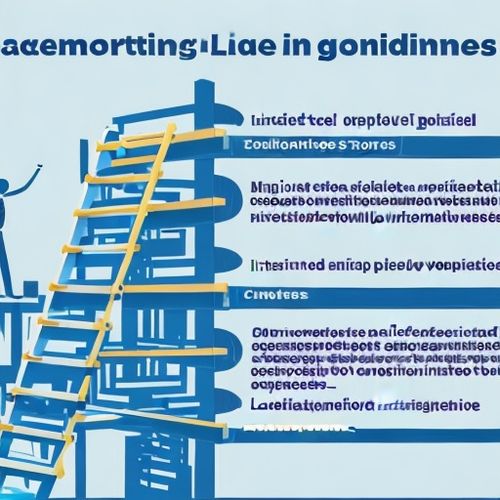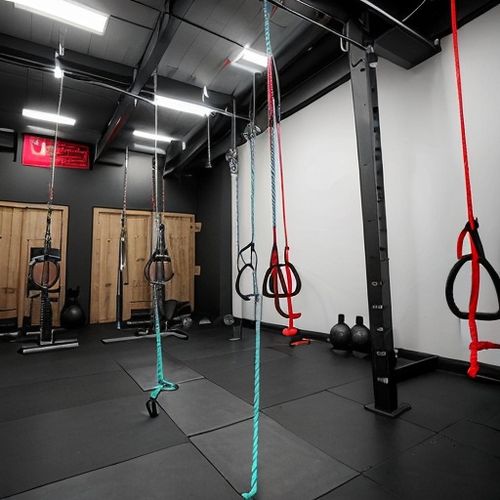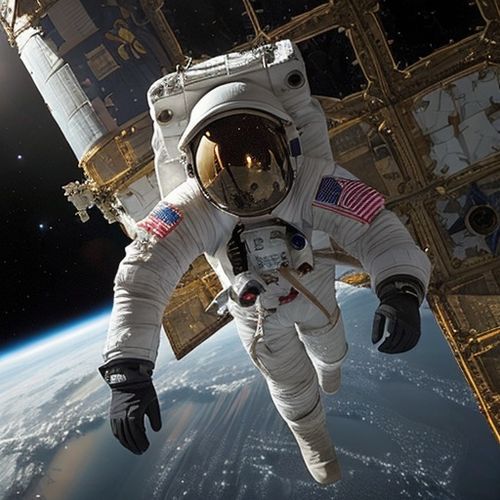The realm of space exploration has always captivated humanity, pushing the boundaries of what we perceive as possible. Among the many facets of this grand endeavor, space training stands out as a critical component that ensures astronauts are prepared for the immense challenges they will face beyond Earth's atmosphere. This rigorous preparation encompasses physical conditioning, psychological resilience, technical proficiency, and teamwork under extreme conditions.
Physical Conditioning: The Foundation of Space Readiness
Astronauts undergo exhaustive physical training to withstand the harsh environment of space. The absence of gravity in space leads to muscle atrophy and bone density loss, making strength and endurance training paramount. Simulated microgravity environments, such as underwater training in large pools, help astronauts acclimate to weightlessness. These sessions often involve practicing spacewalks, equipment repairs, and emergency procedures while wearing full spacesuits.
Cardiovascular fitness is another crucial aspect, as the heart works differently in microgravity. Regular exercise regimens include running, cycling, and resistance training to maintain peak physical condition. Specialized devices like the Advanced Resistive Exercise Device (ARED) on the International Space Station allow astronauts to continue strength training while in orbit, mitigating the effects of prolonged weightlessness.
Psychological Resilience: Preparing the Mind for Isolation
Space missions, particularly long-duration ones, demand exceptional mental fortitude. Astronauts train to cope with isolation, confinement, and the psychological stress of being far from home. Training often includes survival exercises in remote locations, such as deserts or frozen tundras, to simulate the isolation of space. These exercises test their ability to work as a team under pressure and manage limited resources.
Another key component is stress management. Astronauts learn techniques to maintain focus and emotional stability during high-pressure situations. They participate in simulations that replicate potential emergencies, from equipment failures to medical crises, ensuring they can think clearly and act decisively when every second counts. Mental health support, including counseling and peer debriefings, is integrated into their training to foster resilience.
Technical Proficiency: Mastering the Tools of the Trade
Operating spacecraft and conducting experiments in space requires unparalleled technical expertise. Astronauts spend countless hours in simulators that replicate the controls and systems of their spacecraft. These simulations range from routine procedures to complex problem-solving scenarios, ensuring they are prepared for any eventuality. Familiarity with onboard systems, from life support to propulsion, is non-negotiable.
Scientific training is equally vital, as astronauts often serve as researchers in orbit. They learn to conduct experiments in fields such as biology, physics, and materials science, often collaborating with scientists on the ground. This dual role as operator and researcher demands a broad skill set, blending engineering know-how with scientific curiosity.
Teamwork and Communication: The Human Element
Space missions are inherently collaborative, requiring seamless coordination between crew members and ground control. Team-building exercises are a staple of astronaut training, fostering trust and effective communication. Multicultural crews, common in international missions, also undergo cultural sensitivity training to ensure smooth collaboration despite differing backgrounds.
Communication drills emphasize clarity and precision, as misunderstandings in space can have dire consequences. Astronauts practice relaying information under noisy or chaotic conditions, simulating the challenges of real-time decision-making during missions. The ability to listen, adapt, and support one another is as critical as any technical skill.
Looking Ahead: The Future of Space Training
As humanity sets its sights on Mars and beyond, space training will evolve to meet new challenges. Virtual reality (VR) and augmented reality (AR) are becoming integral tools, offering immersive simulations of planetary surfaces and complex procedures. Artificial intelligence may soon assist in personalized training regimens, adapting to each astronaut's strengths and weaknesses.
Private spaceflight companies are also revolutionizing training, making it more accessible to non-professional astronauts. However, the core principles—physical readiness, mental resilience, technical mastery, and teamwork—remain unchanged. The journey to the stars begins on Earth, and the rigor of space training ensures that those who venture into the cosmos are truly prepared for the unknown.

By George Bailey/May 20, 2025

By Rebecca Stewart/May 20, 2025

By Ryan Martin/May 20, 2025

By Amanda Phillips/May 8, 2025

By Lily Simpson/May 8, 2025

By Laura Wilson/May 8, 2025

By Sophia Lewis/May 8, 2025

By John Smith/May 8, 2025

By Sophia Lewis/May 8, 2025

By John Smith/May 8, 2025

By Ryan Martin/May 8, 2025

By Eric Ward/May 8, 2025

By Lily Simpson/May 8, 2025

By Victoria Gonzalez/May 8, 2025

By James Moore/May 8, 2025

By Emily Johnson/May 8, 2025

By Jessica Lee/May 8, 2025

By Grace Cox/May 8, 2025

By David Anderson/May 8, 2025

By Elizabeth Taylor/May 8, 2025